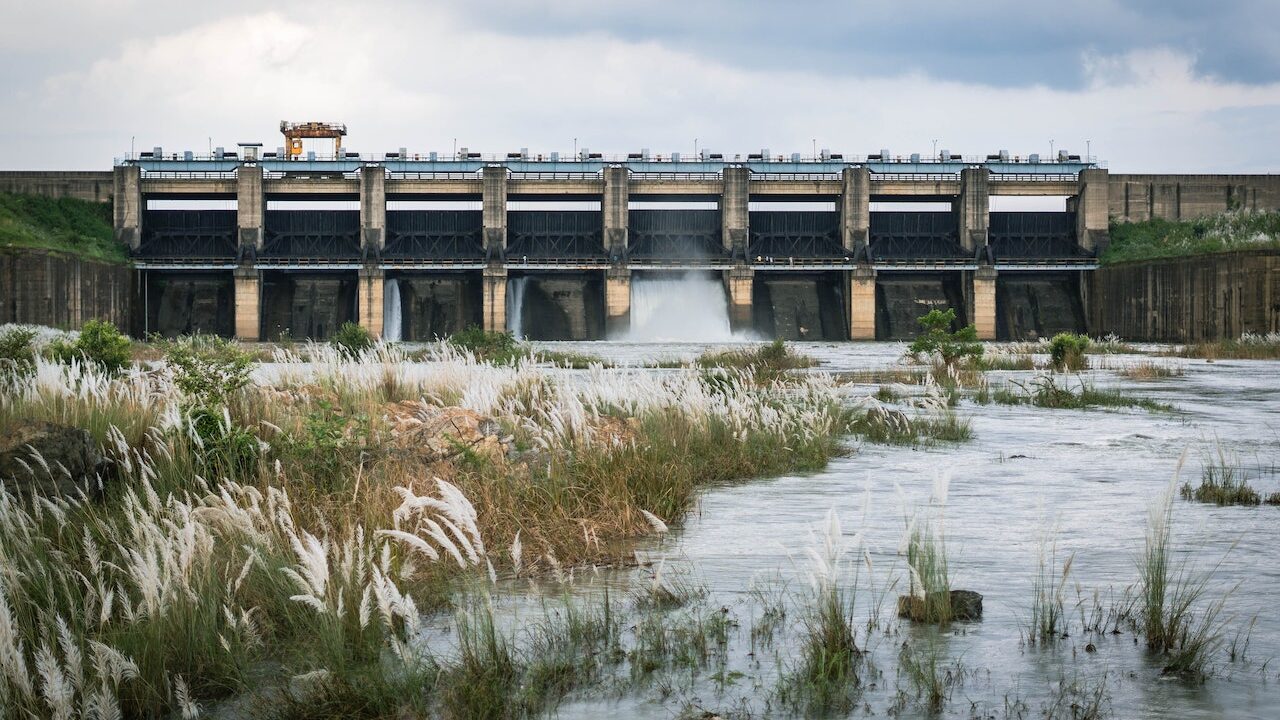In the face of climate change, Early Warning Technologies (EWTs) have become an essential tool for climate adaptation. With the increasing frequency and severity of extreme weather events, such as floods, droughts, and heatwaves, EWTs provide timely and accurate information to help communities prepare and respond. However, the urgency of the situation requires a race against time to develop and implement these technologies effectively. From satellite-based monitoring systems to community-led early warning systems, the development and deployment of EWTs are crucial to reducing the impact of climate change. As climate change continues to escalate, it is imperative to prioritize the adoption of EWTs to ensure the safety and resilience of communities worldwide.
The Importance of Early Warning Technologies
Benefits of Early Warning Technologies: Early warning systems offer numerous benefits beyond immediate disaster response. These technologies can mitigate the long-term impacts of disasters by helping communities anticipate and adapt to climate change. For example, early warning systems can aid in identifying regions that are susceptible to flooding or other climate-related disasters, allowing for better land use planning and infrastructure development. Moreover, early warning systems can facilitate effective emergency response and evacuation plans, reducing the loss of life and property damage.

The Role of Early Warning Technologies in Climate Adaptation
Early, warning systems are essential for assisting communities in preparing for the effects of climate change. For instance, weather forecasting tools can assist farmers in scheduling their planting and harvesting operations while taking the forecasted weather patterns into account. The same is true for flood warning systems, which can provide people advance notice of impending floods so they can evacuate or take the appropriate safety measures to protect their homes and property.
Early Warning Systems for Anticipating Climate Change
Early warning systems have several advantages that go beyond what can be done to respond to disasters right away. These technologies can lessen the long-term effects of these catastrophes by assisting communities in anticipating them and adapting to climate change. Early warning systems, for instance, can assist in identifying regions that are vulnerable to flooding or other climatic calamities, enabling improved land use planning and infrastructure development.

The Technology Behind Early Warning Systems
Early warning systems use a variety of technologies, such as weather satellites, remote sensing, and ground-based sensors, to gather and analyze data. The ability to analyze massive amounts of data in real-time thanks to improvements in computing power and data analytics has also allowed for more precise and timely warnings of potential calamities. Additionally, information may now be distributed fast and effectively to those who need it most thanks to mobile technology.
Early Warning Systems Around the World
Early Warning Systems Around the World, there are various instances of early warning systems in use, assisting communities in disaster response and catastrophe preparation. For instance, Bangladesh has established a flood warning system that gives farmers advance notice of approaching floods, enabling them to harvest their crops earlier and move to higher land. The National Oceanic and Atmospheric Administration (NOAA) in the United States manages a variety of early warning systems, such as weather satellites, storm surge models, and flood maps.

Challenges to Implementing Early Warning Technologies
Despite the advantages of early warning systems, putting them into place has its difficulties. The expense of creating and sustaining these technologies, which can be unaffordable for many nations and communities, is one of the largest obstacles. Additionally, there are difficulties with data accuracy and quality, as well as problems with data sharing and dissemination.
The Future of Early Warning Technologies.
The future of early warning systems appears bright despite these difficulties. While developments in mobile technology make it simpler to broadcast information fast and effectively, technological advancements and data analytics are enabling the creation of more precise and immediate warning systems. We can anticipate more money being invested in early warning systems and more communities around the world benefiting from their use as public awareness of their relevance increases.

Conclusion
In conclusion, early warning systems are crucial weapons in the combat against global warming. These technologies enable communities to plan and respond in a timely and effective manner, eventually saving lives and minimizing economic losses. They do this by supplying crucial information about approaching disasters. Although putting these systems into place presents hurdles, continual technological advancements and growing understanding of the value of early warning systems give hope for a more resilient future. We can make sure that we are better prepared to handle the challenges of climate change in the future by investing in these technologies now.
Sources
- Climate Resilience Toolkit: Early Warning Systems – https://toolkit.climate.gov/topics/coastal-flood-early-warning-systems
- Global Facility for Disaster Reduction and Recovery: Early Warning Systems – https://www.gfdrr.org/en/early-warning-systems
- United Nations Office for Disaster Risk Reduction: Early Warning Systems – https://www.undrr.org/early-warning
- National Oceanic and Atmospheric Administration: Early Warning Systems – https://www.noaa.gov/education/resource-collections/weather-atmosphere/early-warning-systems
- World Meteorological Organization: Early Warning Systems – https://public.wmo.int/en/programmes/disaster-risk-reduction/early-warning-systems



